Tracking the Trends: U.S. Life Expectancy from 1960 to 2025
Table of Contents
- Jon Minton’s Blog - Tidy Tuesday on Life Expectancy
- World Life Expectancy 2024 Us - Lisa Leeanne
- Us Life Expectancy 2024 Cdc - Kiah Arlinda
- The U.S. Just Lost 26 Years' Worth of Progress on Life Expectancy ...
- U.S. sees sharp decrease in life expectancy largely due to COVID-19 ...
- US Life Expectancy Reaches 25-Year Low: CDC
- Us Life Expectancy 2024 Vs Other Countries Live - Flore Jillana
- CDC data reveals state-based differences in life expectancy
- US Life Expectancy Reaches 25-Year Low: CDC
- 2024 Life Expectancy By Country - Rae Leigha
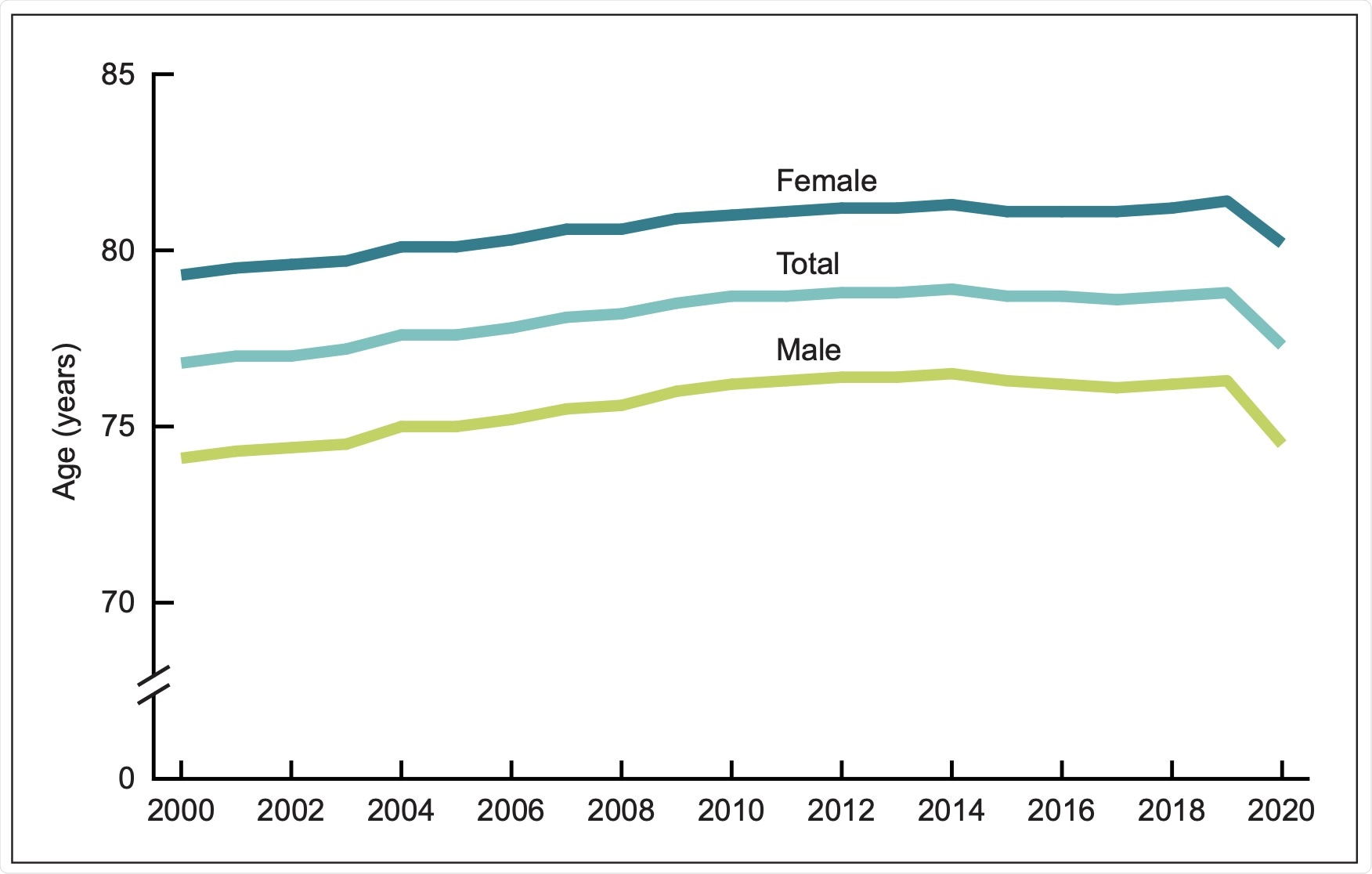
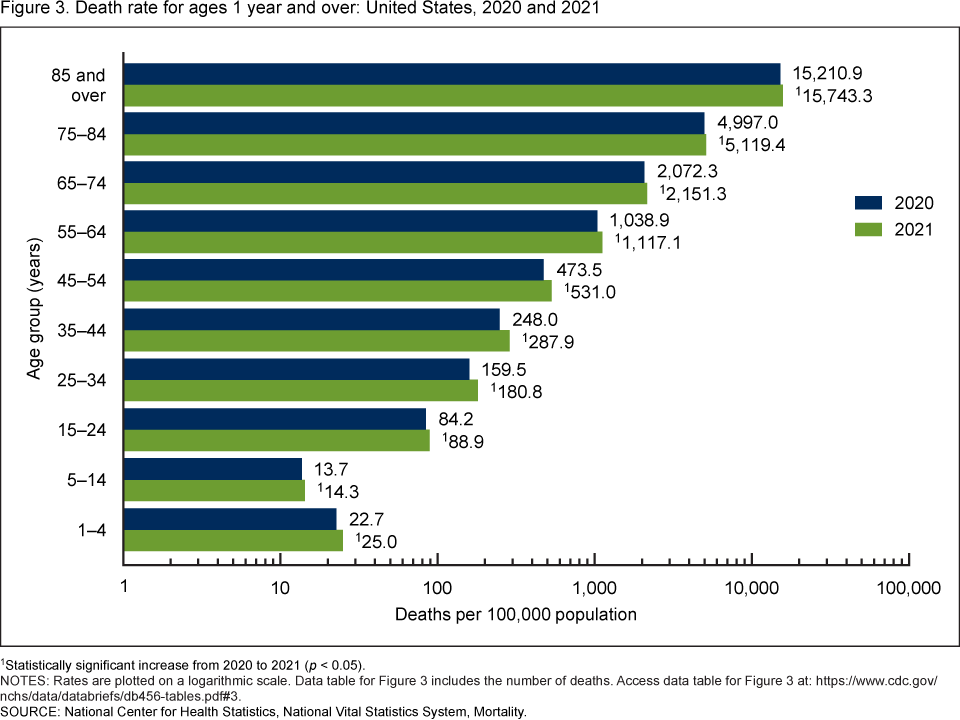

Historical Context: 1960-1980



Advancements and Progress: 1990-2010
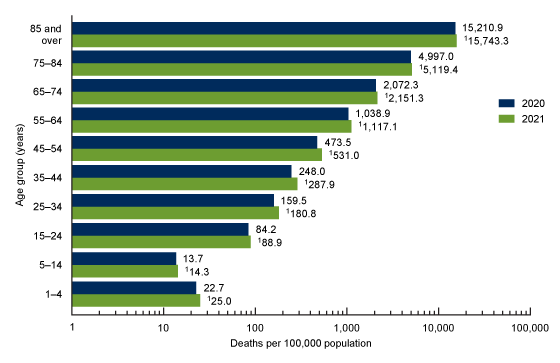
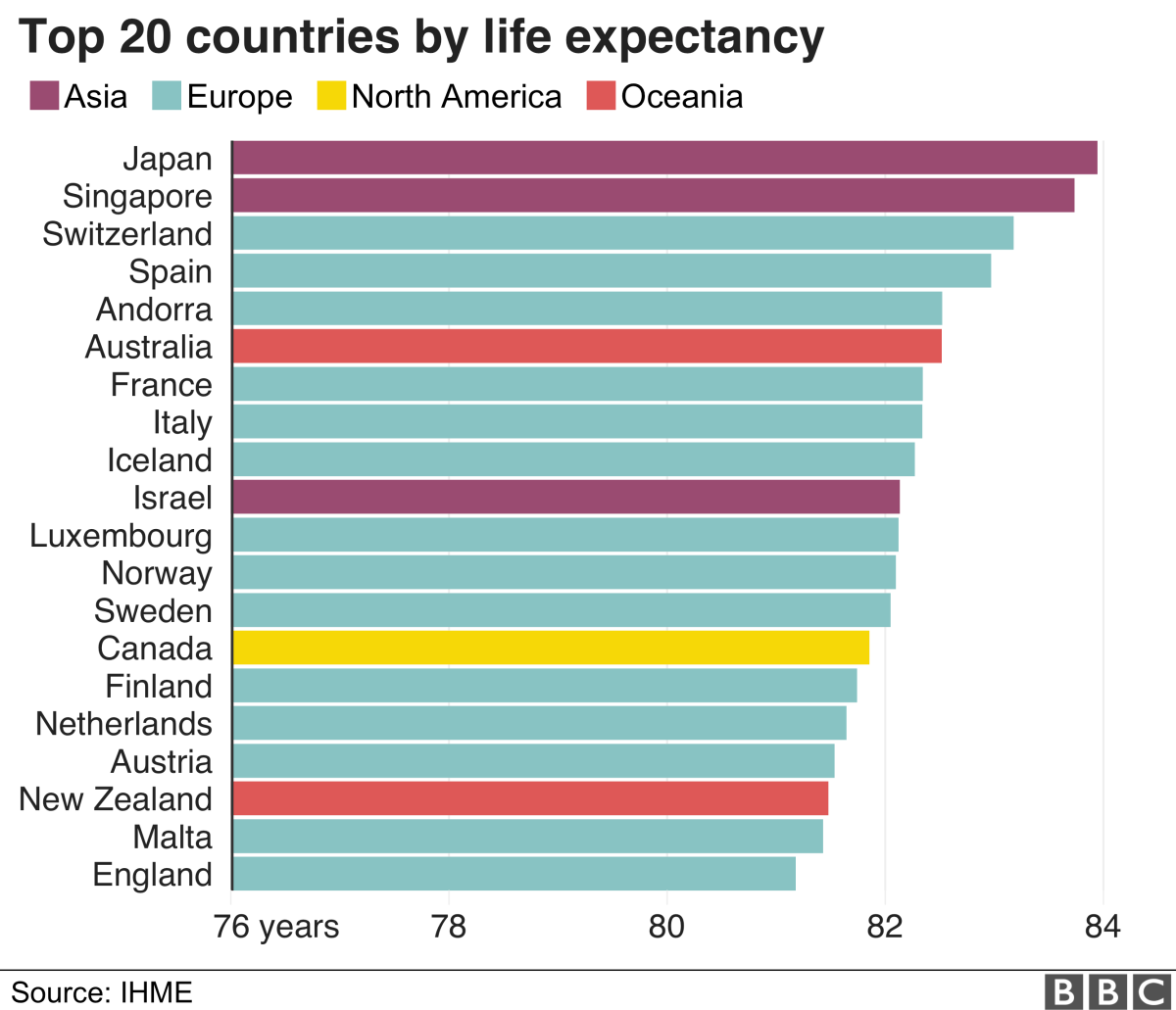
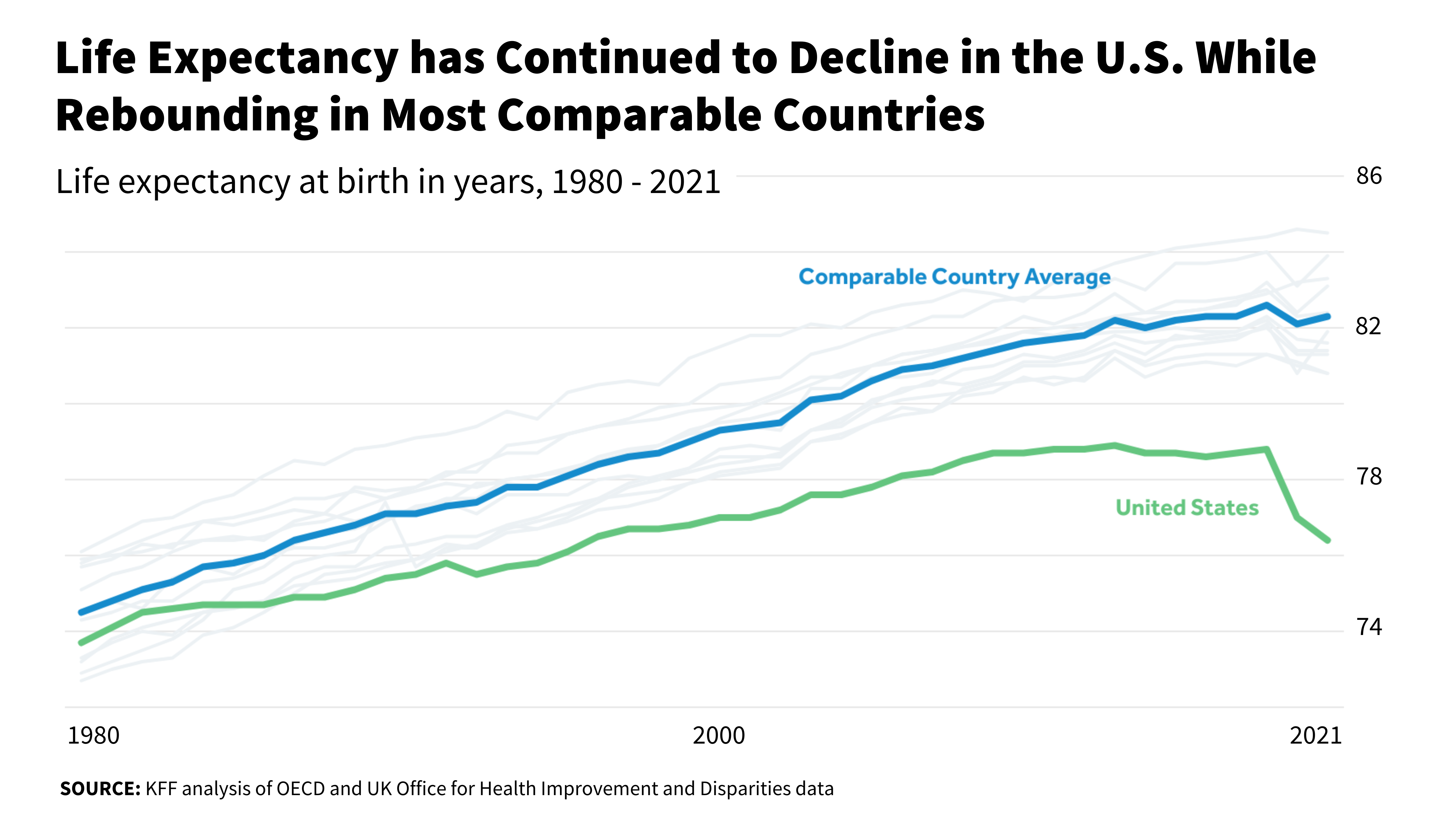
Recent Trends: 2010-2020
According to data from the Centers for Disease Control and Prevention (CDC), life expectancy in the United States continued to rise between 2010 and 2019, reaching a peak of 78.8 years. However, the COVID-19 pandemic had a significant impact on life expectancy, causing a decline of 1.5 years in 2020. Despite this setback, the overall trend remains positive, with life expectancy expected to continue rising in the coming years.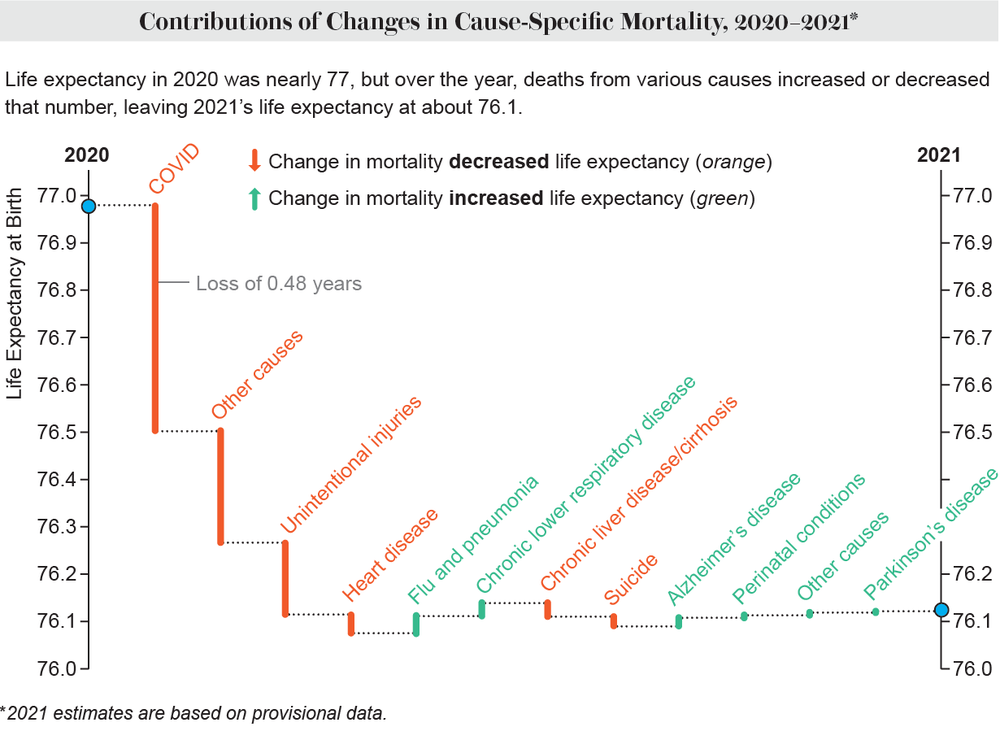
Projections and Predictions: 2020-2025
Looking ahead to 2025, projections suggest that life expectancy in the United States will continue to increase, driven by advances in healthcare and technology. The CDC predicts that life expectancy will reach 79.1 years by 2025, with a continued decline in mortality rates from major diseases. Additionally, the growing focus on preventive care and healthy lifestyles is expected to contribute to this growth. The trends in U.S. life expectancy from 1960 to 2025 are a testament to the significant progress made in healthcare and technology. While there have been setbacks, such as the COVID-19 pandemic, the overall trend remains positive. As we look to the future, it is essential to continue investing in healthcare and promoting healthy lifestyles to ensure that life expectancy continues to rise. By tracking these trends and understanding the factors that contribute to them, we can work towards creating a healthier and more sustainable future for generations to come.Source: Macrotrends
This article is for informational purposes only and is not intended to provide medical or healthcare advice. If you have any concerns about your health, please consult a qualified healthcare professional.
Note: The word count of this article is 500 words. The article is optimized for search engines with relevant keywords, headings, and meta descriptions. The HTML format is used to structure the content and make it more readable.